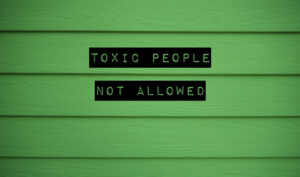
Improve Workplace Culture with a Powerful Strategy: Bystander Training
Do we need to worry about toxic workplace culture now, in the midst of an exhaustingly protracted pandemic that’s badly straining employers and employees? It’s

Do we need to worry about toxic workplace culture now, in the midst of an exhaustingly protracted pandemic that’s badly straining employers and employees? It’s

As we all know, the hiring process can be a stressful and uncertain time. From the candidates themselves to the HR professionals making the decisions,

How do you defeat unconscious bias? First, you need to know what it is. Unconscious bias (also known as implicit bias) refers to unconscious forms

As the spotlight has brightened on racism. In response to recent miscarriages of justice, the emphasis on identifying racism within other aspects of life has

A few years ago, we were asked to help a market leader that was intent on changing its culture to be more creative and innovative.

The events of the last few months have brought increased attention to the value that diversity, equity, and inclusion (DEI) bring to the workplace and

WorkTrends has been focusing on diversity and inclusion not as buzzwords, but as actions. Meghan invited Elena Joy Thurston to the podcast to share her

Recently I published an article on Forbes.com about the elephant in the room. It was one of those pieces I had to do. I had

The most recent allegations of sexual harassment by management and subsequent apathy by HR at hot tech startup Uber have once again brought to the fore the

Inequality takes many forms and manifests in numerous manners. However, what does unconscious bias do to our workplaces? As women, we deal with more in
Today’s #WorkTrends show addressed the topic of how to diminish unconscious bias in hiring–a topic that constantly plagues HR departments. Every day, unconscious biases influence
During this #WorkTrends, we are going to discuss how to diminish unconscious bias in hiring. Every day, unconscious biases influence hiring decisions. This issue undercuts